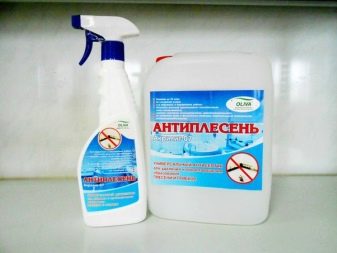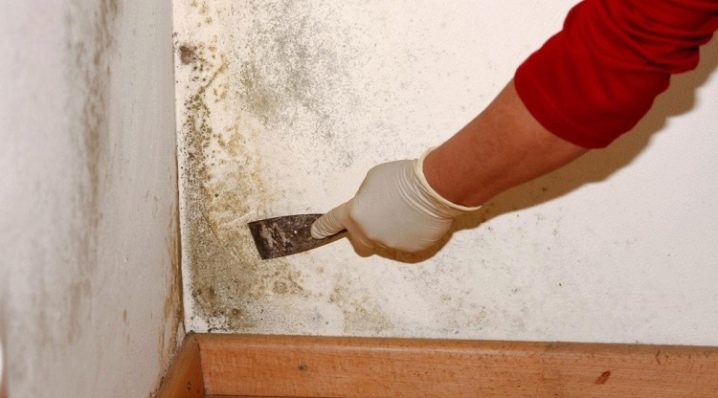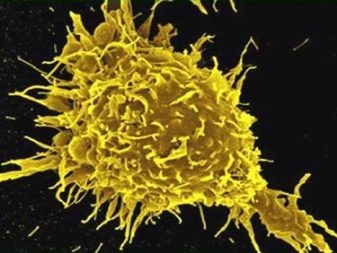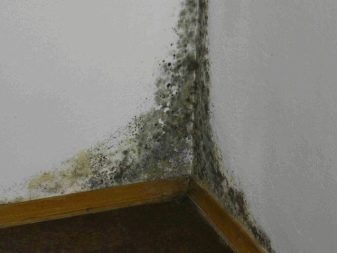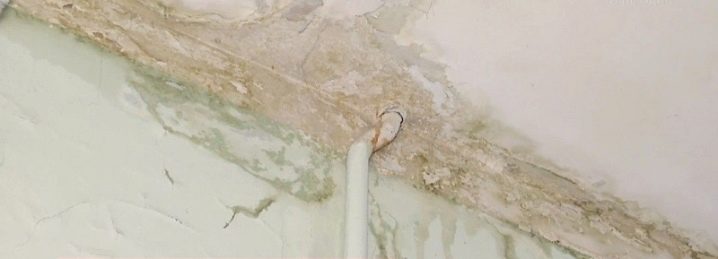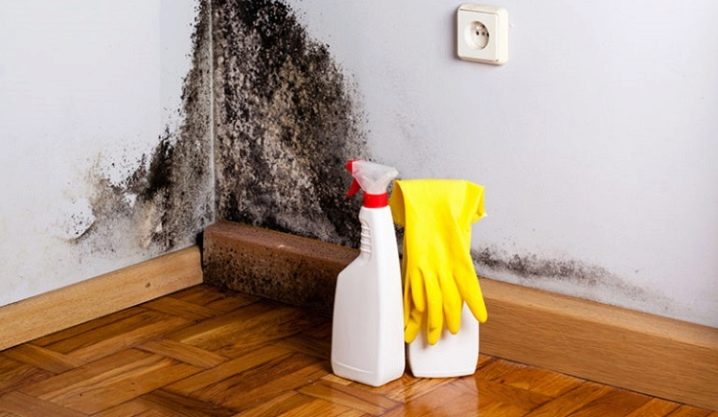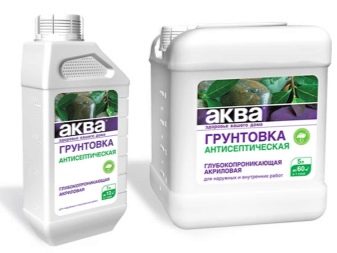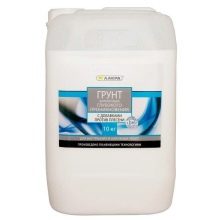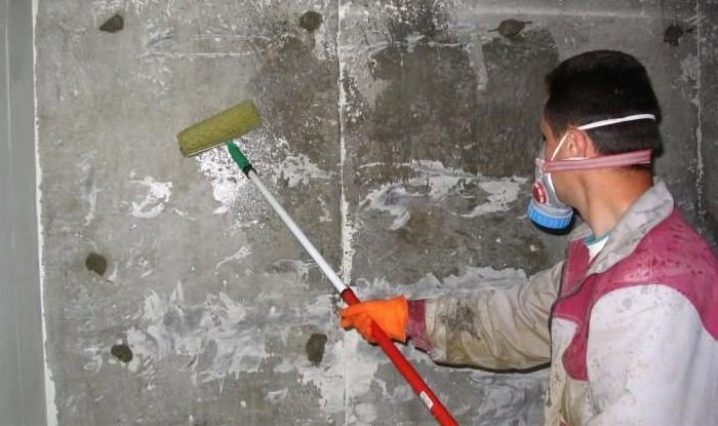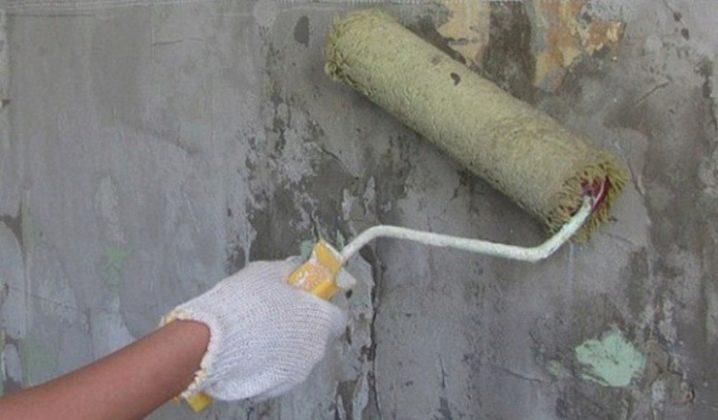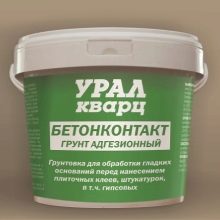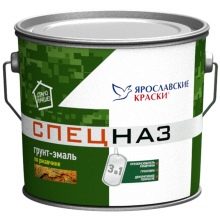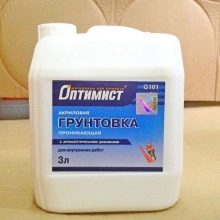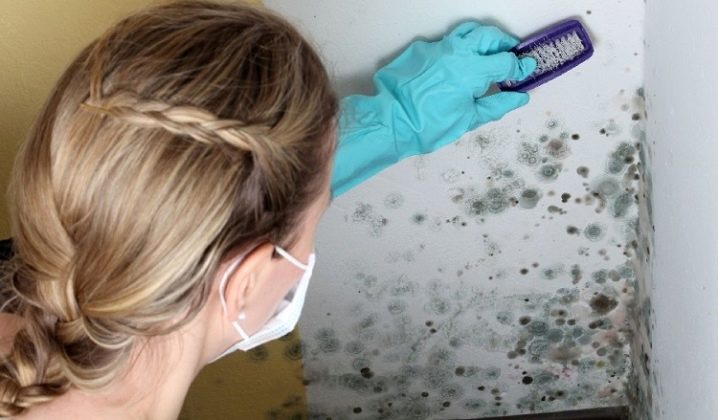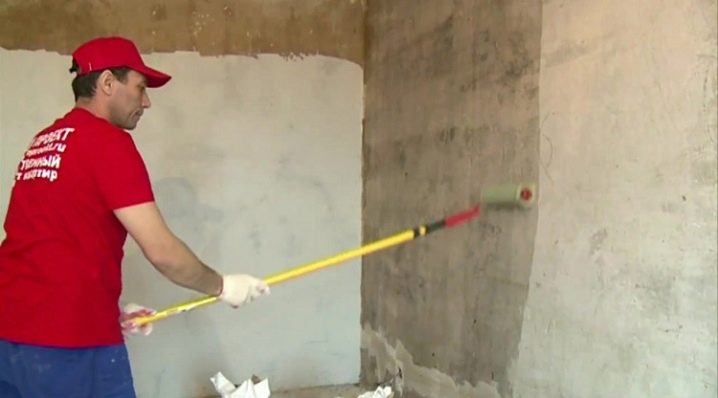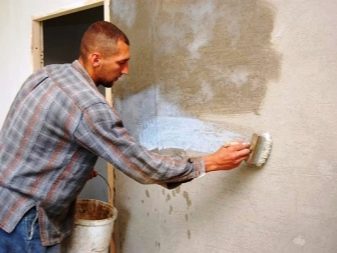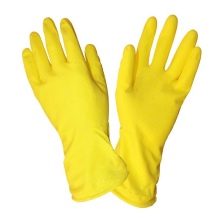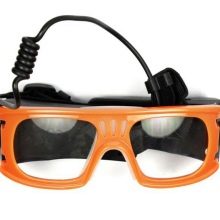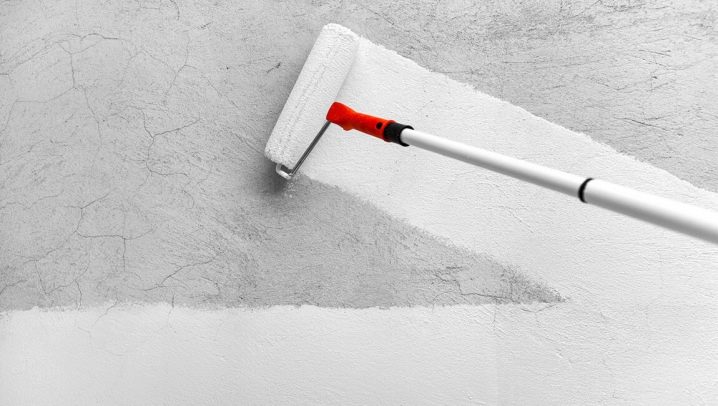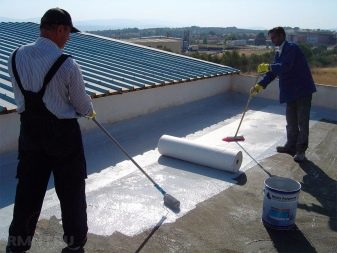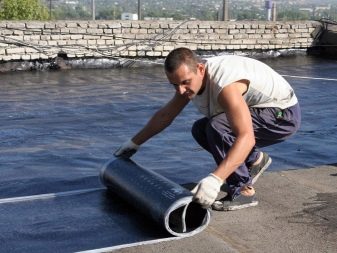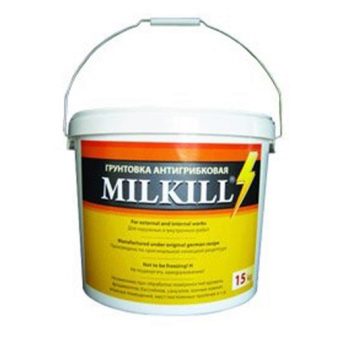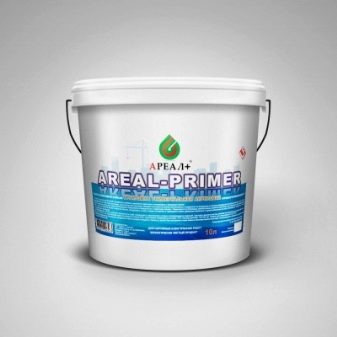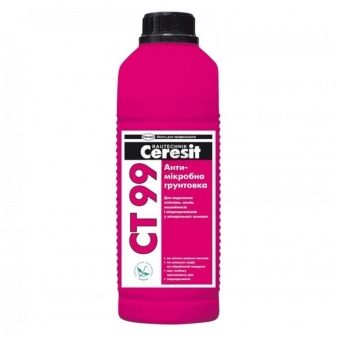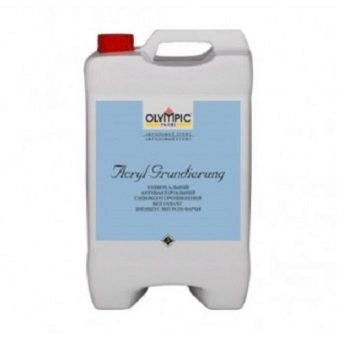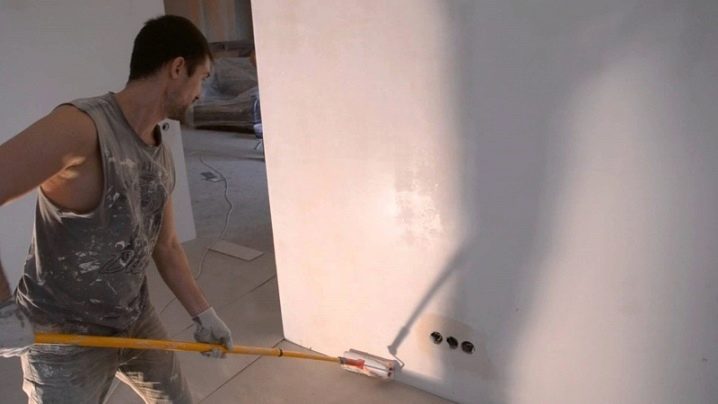How to choose a primer for mold and mildew?
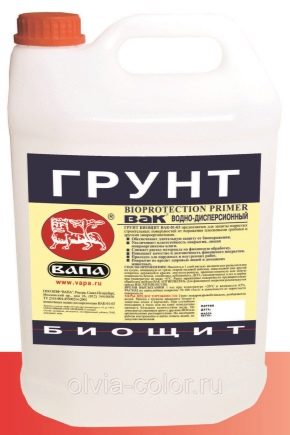
Spores of the fungus tend to appear in poorly ventilated areas, however, for their reproduction should be formed favorable environment. To avoid such trouble, antifungal primer can be used. It is used against mold, which can spoil your new repair.
Danger of mold and mildew
Black spots on the ceiling and walls are found in rooms with high humidity. It is nothing like a fungus-parasites. Neighborhood with them is fraught with unpleasant consequences.Unaesthetic appearance of the room - the smallest of them. Fungal spores can damage human health, especially a sensitive children's body. Respiratory organs serve as a conductor of spores in the body. The fungus is able to provoke a number of diseases, including severe ones.
Mycotoxins are harmful substances secreted by fungi. It is they who are harmful to health, can cause a decrease in immunity, chronic fatigue, cause poisoning. Allergic reactions, asthma, diathesis in children, migraines, runny nose, bronchitis and even oncology - this is an incomplete list of diseases that can cause black spots in a residential area.
Like other parasites, getting rid of the fungus is quite difficult and time consuming.
The causes of the fungus
The formation of mold actively occurs subject to the presence of constant moisture. High moisture - a sign that should make guard.
There are the following causes of the formation of colonies of the fungus:
- The foundation of the building has flaws in waterproofing, moisture from the soil penetrates the wall.
- Violations of the waterproofing of the facade leads to the freezing of walls.
- Increase of moisture inside the building when conducting insulation due to non-fulfillment of vapor permeability conditions.
- The use of "non-breathing" materials in the decoration of the walls, the absence of air circulation.
- Pipe leakage.
- Installing plastic windows leads to dew.
- Violation of ventilation.
The defeat of the walls of the fungus leads to an acceleration of their destruction. Getting rid of the existing fungus, as well as preventing its occurrence, is the primary task for the solution of which there is an arsenal of tools.
Primer - a tool to combat mold
Antifungal primer has a special composition, developed by experts to neutralize the spores of fungi, preventing their return.
It is necessary to treat the surface with antifungal composition in the bath, pool, bathroom, etc.
The use of a primer containing fungicides destroys mold due to penetration into the thickness of the wall, filling the pores of the plastering layer. The antifungal components included in the primer to destroy mold pores are called fungicides.
The material for applying the primer determines its composition. The type of top finish is also taken into account.
Specialized primer with fungicides in the composition may have different types of bases:
- acrylic;
- alkyd;
- oil;
- mineral
Antiseptics are used as preventive measures when carrying out repair or construction work. When dealing with existing fungal lesions of the walls, ground solutions with a higher concentration of antiseptic substances and penetrating ability are used.
Varieties of antifungal primer
Warm rooms with high humidity and porous coatings repeatedly increase the risk of foci of mold fungi. The most influential factor is moisture: it is a breeding ground for mushroom spores.
Primers for construction purposes are produced with the inclusion of special substances.contributing to the formation of a film on the application surface. Varieties of adhesive, resinous, oil mixtures, substances that contribute to the rapid drying of the surface, antiseptic additives can give a primer properties designed to solve various problems.
Manufacturers create solutions that have different purposes according to the type of surface being treated: for concrete, wood, brick, drywall.
Different surfaces require a different type of primer. To effectively solve the problem of getting rid of mold, you need to remember that the anti-mold is intended for concrete surfaces. The use of such a primer for wood surfaces is not effective and is not recommended.
There are several types of fungicidal formulations for their effects on the surface:
- capable of deep penetration - strengthen porous surfaces, penetrate them by five centimeters;
- penetrating - strengthen the concrete composition and the layer of plaster to a depth of five millimeters;
- adhesive - cover the surface with a dense film with adhesive properties;
- special purpose - endowed with special characteristics, such as anti-corrosion, frost-resistant, etc.
A variety of primers and their purpose. There are compositions for the surfaces of metal, mineral, painted or plaster, with laid ceramic tiles.
Work with antifungal primer
In order to prevent the formation of mold and get rid of it requires an integrated approach.
This is the only way to ensure the complete elimination of the spores of mushrooms and completely destroy the center of the lesion:
- Elimination of the causes of the formation of excess moisture in the room. It is imperative to find the source of the mold and correct any irregularities in the joints of the walls, plates or pipes. If you do not do this qualitatively, the fungus will return and you will have to start the whole complex of activities anew.
- Adjusting the effective functioning of the ventilation system. It is necessary to ensure the correct installation of window slopes, to take care of regular ventilation of the room.
- Water and detergent (for example, bleach) with a cloth should be used to wash black fungal stains off the surface of walls or ceilings, after which it is necessary to discard the cloth, but rather
- burn it. Such a procedure is necessary so that the spores of the fungus do not spread throughout the room during further stages of work.
- Dry the washed surface well using heating devices or strong drafts.
- Completely remove infected area of plaster.
- Treat with a blowtorch or a gas burner a surface area free from plaster for drying and disinfection.
- Clean the treated surface from carbon and dust.
- Apply a special anti-fungal primer to the surface.
- After four hours the surface may undergo a new finish (plastering, covering with wallpaper, paint or tile).
Before working with any kind of antifungal primer should be carefully read the instructions for its use.
A paint brush is used to apply the ground solution to small areas., on sites of more harmful size - the roller, on large surfaces - a spray. The layer of primer should be smooth, without gaps. For the best effect, the primer is applied more than once at the rate of ½ liter of the composition per 1 square meter. Layers of primer or antibacterial paint should be applied perpendicularly to one another in order to avoid baldness. Rubbing movement when applying antifungal agents will provide a deeper penetration of the composition into the treated surface.
If you strictly adhere to the above algorithm, you can achieve a good result in getting rid of the fungus.
In addition to working inside the building, it is necessary to inspect its outer side.The struggle waged outside and inside at the same time will be more productive.
An important rule is to comply with safety regulations when working with fungus. Mold is dangerous to health, so when working to get rid of it, you must use personal protective equipment: rubber gloves, adjacent glasses, a respirator, a hat, thick clothing.
It is necessary to avoid contact with the composition on exposed skin. If this does happen, immediately rinse them with running water.
One more immutable rule when a fungus is detected and the desire to get rid of it is not to use a primer that does not have anti-fungal properties. Such a primer creates a film on the affected surface, under which the mold feels at ease and multiplies even more actively, penetrating deep into.
In order not to have a complex of problems associated with the formation of black spots in the future, it is advisable to ensure the absence of sources of constant moisture even at the construction stage. This will require the organization of waterproofing according to all the rules.
A house that is not equipped on the outside with trenches for drainage purposes for the discharge of precipitation and groundwater is at risk.The foundation, treated with a leveling base with an antifungal compound on the upper end or entirely, is a guarantee of good waterproofing.
It is necessary before laying the brickwork on the foundation to lay the roofing material in two layers. This approach will prevent many possible problems.
At its cost, the primer differs from mold and fungus in a large way from simple compositions. However, the use of such a primer is much less expensive compared to measures to get rid of the resulting mold spots. Therefore, to save on the primer from the mold is impractical.
In addition to antiseptic and anti-fungal properties, primers have a protective effect on the walls. Rodents, larvae and other parasites will not destroy the surface covered with special structures. Such treatment is relevant for wooden surfaces, since this material is subject to rapid destruction in adverse conditions.
Primer manufacturers
The following manufacturers of "fungal killers" enjoy unchanged popularity among specialists in the construction and repair profile:
- Mill kill The composition is able to penetrate into the walls to a depth of three centimeters.It helps to strengthen the porous and fragile surface. Recommended for wet rooms. Effective with two and three times the number of layers.
- Elegant 296. The composition has insulating properties that prevent the substrate from getting wet. Designed for all surfaces. It has good black covering properties. Forms a film on the surface that prevents wetting.
- "Area Example". Acrylic based primer contains fungicides of various types. Eliminates from harmful bacteria, protects against their reactivation. Well strengthens the treated surface and comfortable in the work due to the absence of strong odor.
- Acryl Grundierung. Composition based on acrylic. Reduces the ability to absorb moisture in places of application.
- Ceresit CT-99. The composition of high concentration, while safe from an environmental point of view. It penetrates deep into the surface, retains its properties for a long time, and is applicable on internal and external surfaces.
An important factor when choosing an antifungal primer is that to prevent the formation of fungus and mold, you need to choose a primer that meets the conditions of application.To combat the existing colony of fungi requires the use of a concentrate with a high content of fungicides.
How to get rid of the fungus or mold forever, you can learn from the following video.

